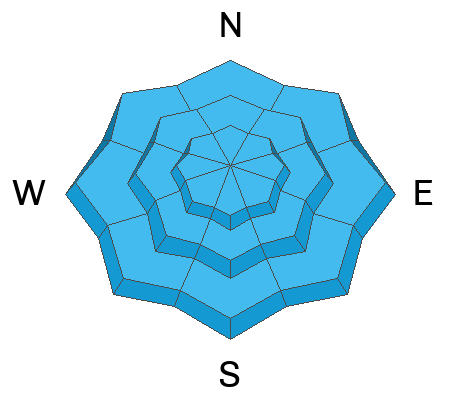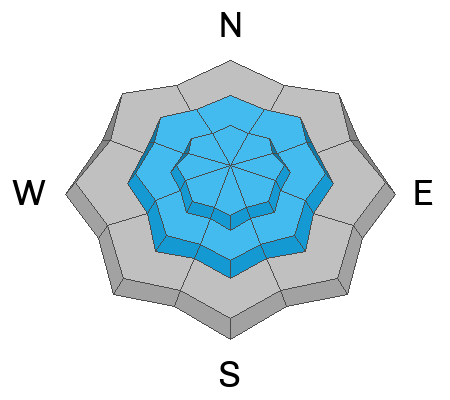Forecast for the Salt Lake Area Mountains

Issued by Dave Kelly on
Tuesday morning, February 28, 2023
Tuesday morning, February 28, 2023
The avalanche danger is HIGH on upper-elevation slopes for new and wind-drifted snow avalanches. Humans are very likely to trigger an avalanche that could be 1-3' deep and up to 200' wide. The avalanche danger is CONSIDERABLE in mid and lower elevation terrain where human triggered avalanches are likely.
Today is a day to avoid traveling on or underneath avalanche terrain. There are low-angle slopes where you are sure to find surfy graupel turns and those are the places I would be seeking out today.

Low
Moderate
Considerable
High
Extreme
Learn how to read the forecast here








